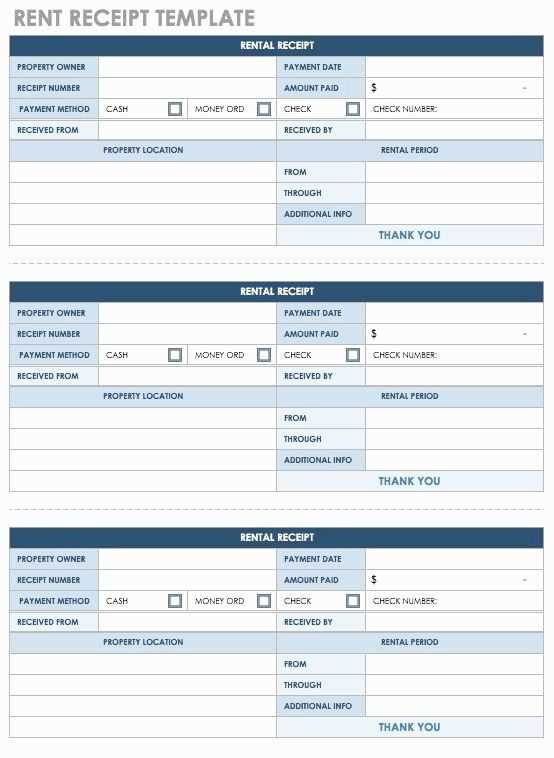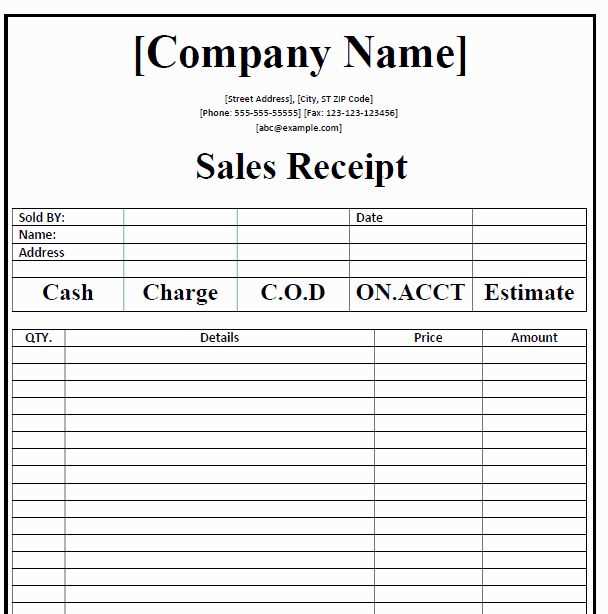
Use a grant receipt template to clearly document the receipt of funds. This ensures transparency and helps maintain accurate financial records. The template should include details such as the grant amount, the name of the recipient, the grantor, the purpose of the grant, and the date the funds were received. A well-structured receipt offers both the recipient and the funder a clear understanding of the transaction.
Start with key details: Begin the template by stating the name of the organization or individual receiving the grant and the grantor. Include the total amount received and the specific project or purpose for which the funds are allocated. Make sure to list any reference numbers or identifying information that may be relevant for future record-keeping.
Include terms and conditions: Specify any conditions tied to the grant, such as deadlines or reporting requirements. This helps avoid misunderstandings and ensures that both parties are aligned on expectations. If the grant is partial or subject to future installments, note the amounts and dates of any expected payments.

Ensure clarity in your documentation: A clear and concise grant receipt template reduces the chance of confusion later on. By including all necessary details upfront, both grant recipients and funders can refer back to the document with confidence and clarity. This step strengthens the integrity of the financial transaction and supports good record-keeping practices.
Grant Receipt Template Guide

Ensure your grant receipt includes all necessary details to maintain clarity and avoid misunderstandings. Start by listing the grantor’s name and recipient’s name clearly at the top. Include the date the grant was received and the grant amount in both numerical and written form for accuracy.
Provide a description of the grant purpose. Specify how the funds will be used, making sure to match the original proposal or agreement. This avoids any confusion during audits or follow-up evaluations. If the grant is for a specific project or program, detail its name and objectives.
Include a section that confirms the receipt of funds. Use simple language such as, “I hereby acknowledge receipt of [grant amount] for [purpose].” This confirms the transaction and protects both parties in case of future disputes.
Finally, close the document with a signature line for both the grantor and recipient. This confirms the legitimacy of the transaction and can serve as an official record. Be sure to include a contact number or email in case further verification is needed.
Structuring Key Sections of a Grant Receipt

Clearly organize each section of a grant receipt to ensure all required details are easily accessible. Here’s a breakdown of the key sections to include:
- Header Information: Begin with the name of the recipient, grantor, and date of receipt. Include grant number or reference code for easy identification.
- Grant Amount: Clearly state the exact sum awarded. Include the currency type and specify if it’s a one-time payment or recurring disbursement.
- Purpose of Grant: Provide a brief description of the intended use of the funds. Specify any conditions tied to the usage of the grant, if applicable.
- Grantor’s Terms and Conditions: Outline any specific requirements or restrictions the grantor has set regarding the use of the funds.
- Payment Details: Mention the payment method, account number (if applicable), and any relevant transaction information.
- Signatures: Include signatures from both the recipient and the grantor for verification and confirmation.
Maintain clarity and precision in each section to ensure the document is easy to reference and fulfill any reporting or auditing requirements.
Ensuring Legal and Financial Accuracy in Your Template

Begin by reviewing local regulations and guidelines for grant documentation. Make sure your template includes all required legal language, such as terms and conditions, eligibility criteria, and obligations for both parties. Clearly define the scope of the grant, including the funding amount, payment terms, and deadlines.
Incorporate clear financial details like payment schedules, allowable costs, and reporting requirements. This will help ensure accurate tracking of funds and prevent misunderstandings. Include sections for both recipient and grantor signatures, confirming agreement on all terms and conditions.
For legal compliance, consult with an attorney to verify the language used in your template aligns with current laws. This step can prevent future disputes and ensure your grant document holds up legally in case of challenges.
Finally, regularly update your template to reflect any changes in tax laws, financial reporting requirements, or grant program guidelines. This will maintain accuracy and reliability over time.
Customizing the Template for Different Grant Types

Adjust the structure of your grant receipt template based on the specific requirements of each grant type. For project-based grants, include fields for project milestones, deliverables, and timelines. This helps both you and the grantor track the progress and ensure funds are being used appropriately.
For operational grants, focus on including sections that detail expenses, budget breakdowns, and ongoing financial reports. This will provide transparency and demonstrate how the funding is supporting the ongoing operations of your organization.
If you’re working with matching grants, make sure the template includes a section for documenting the contributions made by other parties. This ensures the grantor can easily verify that the matching requirements have been met.
For research grants, emphasize sections for outlining research objectives, methodologies, and results. This will allow funders to monitor the scientific or academic advancements supported by their funding.
Each grant type will have unique reporting and documentation needs. Customize your template to include only the most relevant sections for the specific grant, ensuring clarity and ease of review. Adjusting the template based on these factors will streamline your reporting process and improve communication with funders.


